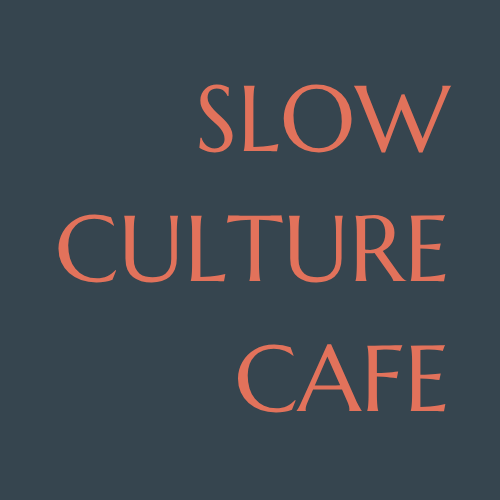Living Lightly Is the New Luxury
Sustainability now lives in the rhythm of our everyday. We save vegetable scraps for broth, mend clothes before discarding them, and stroll through local markets with tote bags in hand. It's less about being perfect and more about being present. Living lightly is an art—and every small gesture, a brushstroke on a better world.
Everyday Acts of Care
Small gestures, such as reusing and preserving jars, shopping locally, and composting waste, become the silent language of modern luxury. It's not about excess, it's about intention.
Consider your entire daily routine. At every moment and every step, you can think about how you can live even more sustainably. Many of us make significant efforts to adopt a sustainable lifestyle.
It's not difficult to take a shopping bag with you and avoid plastic bags. Another good step is not to throw things straight away, but to take them to so-called repair cafés first. There are many blogs and communities where you can ask questions about sustainability and discuss related topics. Here at the Slow Culture Cafe, we will also discuss the advantages and the challenges of a sustainable lifestyle with you.
We ask whether it makes any difference at all on an individual level, because people often think that the large amount of pollutants is produced somewhere else.
It's not about grand gestures and lengthy discussions or debates. There are numerous excellent studies and scientific findings which show that a personalized and sustainable approach not only has a positive impact on the individual, but also on the community in which the person lives. Each individual can make a further contribution to sustainability, thereby improving their own life and the lives of others.
Beauty in the Minimal
A worn linen napkin, fresh herbs from the nearby farm, a meal prepared from leftovers - these are the new status symbols in a world that longs for depth rather than splendour.
The question is often asked whether these activities make a sustainable life possible only for the rich. Because when we consider the high cost of some organic products and the fact that some still claim that discarding is better than repairing, for example, to do something good for the local shop, as it can then generate sales again, many people face a dilemma.
After a wave of trends that focused heavily on minimalism, there was also a considerable critical debate about whether a minimalist lifestyle can truly be a fulfilling one. Make up your mind about this, weigh up how much consumption, which can be entirely subjective, is the right way from your point of view.
Do I need two or three watches, or is one watch that I enjoy wearing enough? Do I need four pairs of jeans from a fast fashion shop, where piles of jeans are spread out on tables and there is complete chaos? Or is one pair of good-quality jeans from a manufacturer that I know is committed to sustainability projects enough for me?
These are just two examples to illustrate that it's always about concrete activities, rather than relying on YouTube videos or coaching provided from the outside. Therefore, for many people, the minimalist approach to living with few possessions can be both lonely and sad. The middle way is probably the best, in that we learn to live without various things and, on the other hand, do what fulfils us inwardly. And that includes going on a long holiday or buying a new car. Being aware that we can get by with less will help us avoid overconsumption.
The question is not only how we want to live today, but also what the future should look like. A model based on sustainability that protects the environment comes with every small step, because, right now, when there are so many challenges and crises in the world, it is up to each individual to take action. This is why a new sustainability movement has emerged, providing valuable information, for example, on sustainable shopping in urban and rural areas, healthy and fresh food, and repair services. With the help of AI, apps, and social networks, many tips and suggestions are now available.
Sustainability as a Ritual
Choosing slower, gentler habits turns sustainability into something special. It's not just what we consume, but how we honor what we already have.
From the initial skepticism about whether living more sustainably would make a difference, we are slowly implementing changes and integrating them into our everyday lives. With this behaviour, we create new rituals, such as leaving the car at home and cycling certain distances. A mindful walk to the nearest pharmacy, supermarket, or an appointment brings me much more than if I immediately call a taxi.
Resource-saving activities become daily rituals. With the necessary information about what works and what doesn't, you can sustainably organize your daily routine.
We can count ourselves fortunate to have the opportunity now to take sustainable measures to protect the environment.
A mindful and sustainable lifestyle is essential for us now, for our children and grandchildren in the future, and for the further development of each country. Today, the startup sector is developing innovative ideas for new environmental technologies that create new jobs. With these new technologies, we can take the next step in protecting the environment.
Do you have any suggestions for sustainable living, or do you have any questions?
Feel free to send us your comments on all areas of sustainability.
We look forward to hearing from you!

